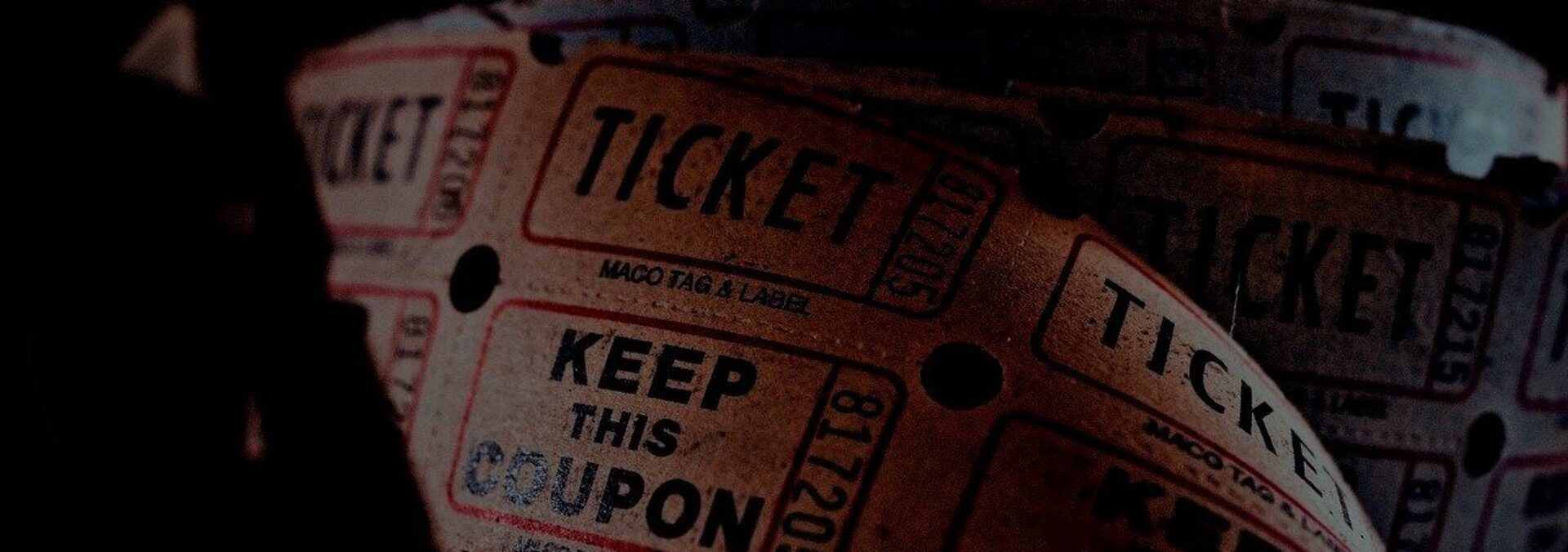The art department is a team consisting of several artists and their subordinates along with the director of photography, who are responsible for the visual style of the future film and the filling of the space of each frame.
Production Designer
The Production Designer is responsible for selecting props, creating scenery, thinking over their location in each specific location, scene and frame, creating the world of characters, where the events will unfold. But the main task is to convey the necessary atmosphere, mood and feelings, tragedy and happiness. All of this can be achieved with the help of visual cinematography – color, light, rhythm, composition. They say it is impossible to learn, but you can develop sensitivity in a person.
The artist belongs to the creative team, which also includes the director, cameraman, and sound engineer. All of these people begin their work before filming begins, during the preparatory period, when the visual style of the film is developed. The artist draws sketches, creates collages and albums with references (a reference is an example, a supporting image, a picture or frames from other films), through which the entire creative team comes up with common solutions. Then the whole team, under the direction of the art director selects props, procures the necessary paints, finds the right furniture and what can not be found.
Good is the work of the artist, which does not stick out – the viewer does not notice it, but at the same time, when watching the film, he trusts what he sees. It is especially important in realistic pictures – the whole subject world is elaborated in detail, the smallest details are picked up in sloppy, unadorned compositions – it is called “to add life and texture to the frame”. The artist must match the everyday truth, through the interior conveying the character of the character (say, your room is different from your friend’s room and says a lot about you).
It is a difficult, painstaking work, when the production designer has to notice a lot in real life and aesthetically process impressions so that it corresponds to the dramaturgy of the film. The production designer keeps an eye on everything and will spill milk on the table at one appropriate moment, darken the room at another, creating anxiety or coziness, or everything, on the contrary, will be sterile and white. Of course, there are films where the protruding work of the production designer is the author’s decision, the director’s style. Such as the films of Wes Anderson or Peter Greenaway. Each frame of these films is a separate picture, made in its own, very bright and recognizable style, passing from film to film.
Costume Designer
A separate person in the art department is responsible for the costumes. The costume designer reports to the production designer and, together with him, develops his own vision of costumes according to the overall color scheme of the film.
Costume, as well as everything else, works on the mood, the style of the film, the character of the character.
Makeup artist
Every actor you see in a movie passes through the hands of a makeup artist. Even if no makeup is required so that the character’s skin doesn’t shine on camera, powder is still applied to his face. Makeup, tears, and sweat are the makeup artist’s job. There is special makeup: scars, burns, vomiting, foaming at the mouth in a scene with an epileptic seizure – all this can be created by just such an artist.
Makeup also works on the overall image of the character: are his hands clean or is he sloppy and needs dirt under his fingernails? Or is it necessary to create a memorable scar that somehow characterizes the character, because each scar is a separate story…
Another group of stage designers includes set designers, props (props food, body parts, etc.), and props. Sometimes the set designer himself performs many functions – building sets, selecting costumes and looking for props. But still, these tasks have very different specifics of work.
In addition to visual skills, a production designer should have knowledge of fine art, literature and cinematography, an understanding of the material culture of different eras and a desire to study it (very often in the first stage of film production the director spends a lot of time in archives, digging through archival documents). Just like all crew members, artists must have physical stamina: long shifts with overtime, a variety of weather conditions, expeditions – all part of working in film.
